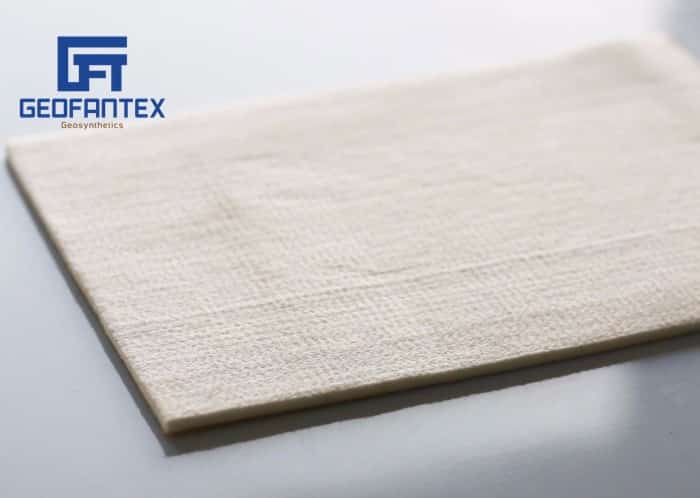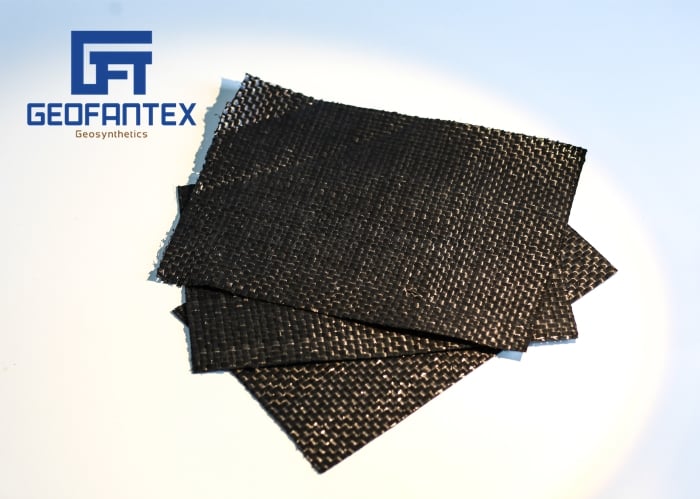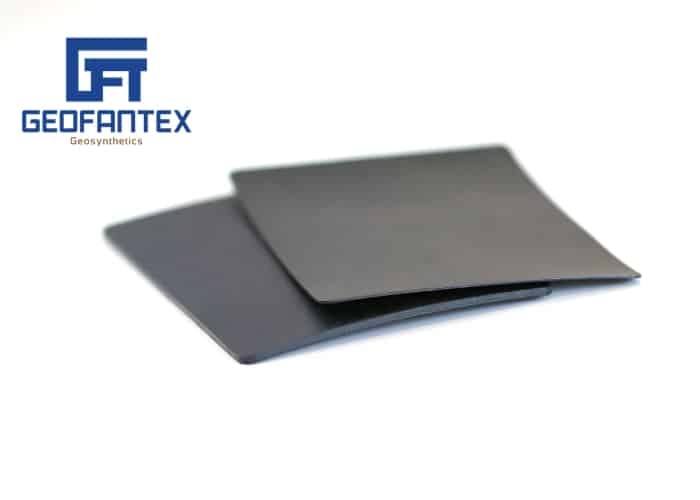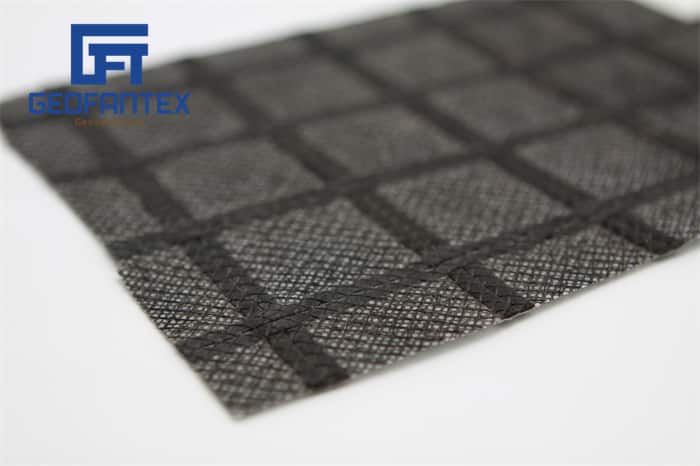Soil Reinforcement
+86-159 9860 6917
info@geofantex.com
geofantex@gmail.com
+86-400-8266163-44899
Road and geotechnical design engineers worldwide are increasingly challenged with building roads, mining, and working platforms on problematic soils. As resources and costs escalate, more sophisticated ground treatment options are necessary. Geofantex offers a full range of geosynthetic products effective in treating soft ground and problematic soils for embankment stability and resisting rotational foundation failure. Geofantex’s solutions, such as nonwoven geotextiles for positive separation of materials and geogrids for working platforms, aid in stabilizing subgrade soils and retaining structures. Geosynthetics, by intersecting potential failure surfaces in the soil mass, enhance shear strength and reduce soil movements, resulting in a stronger composite system. Geofantex’s products contribute to constructing better roads and railways, increasing structural integrity, capacity, and longevity while reducing maintenance costs and risks associated with construction projects, crucial for prolonging the life of transportation infrastructure.
The Main Functions of Various Geosynthetics:
| SEPARATION | REINFORCEMENT | FILTRATION | DRAINAGE | WATERPROOF | PREVENTION | POLLUTION PREVENTION | PROTECTION | CONSOLIDATE | |
| GEOTEXTILE | √ | √ | √ | √ | √ | √ | |||
| GEOMEMBRANE | √ | √ | √ | ||||||
| GEOGRID | √ | √ | |||||||
| GEONET | √ | ||||||||
| GEOTUBE | √ | ||||||||
| GEOCELL | √ | √ | |||||||
| GCL | √ | √ | |||||||
| GEOCOMPOSITE | √ | √ | √ | √ | √ | √ | √ | ||
| GEOCONCRETE BLANKET | √ | √ | √ | ||||||
| Drainage Board B | √ | √ | √ | √ | |||||
| Storage and Drainage Board | √ | √ | √ | √ | |||||
| Grass Paver | √ | √ | √ | √ | √ | √ | √ | ||
| Macmat | √ | √ | √ | √ | √ | √ | √ | ||
| GeoFanTex®GD 2L | √ | √ | √ | √ | √ | √ | |||
| GeoFanPipe® FP | √ | ||||||||
| GeoFanDrain® BC | √ | √ | √ | ||||||
| GeoFanPipe® DCP | √ | √ | |||||||
| GeoFanTRM® Geomantles | √ | √ | √ | √ | √ |
Get Free Sample
We’ll respond as soon as possible(within 12 hours)





























